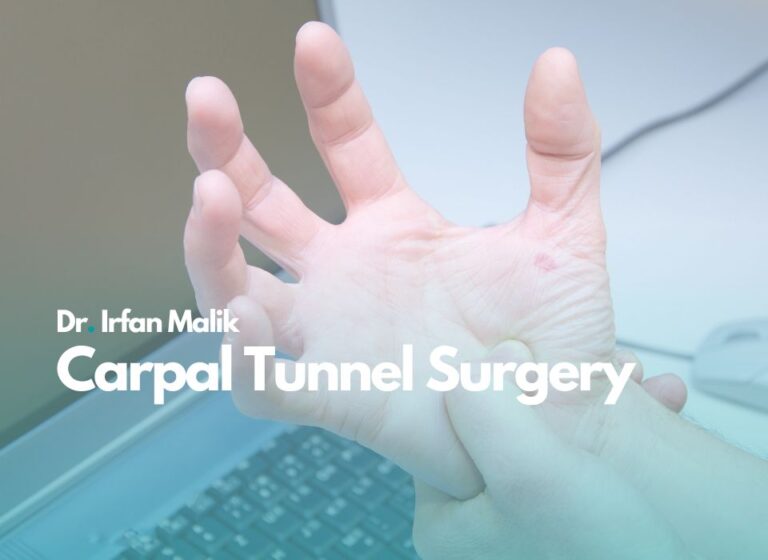Carpal Tunnel Surgery
Carpal tunnel syndrome is a condition caused by compression of the median nerve in the wrist. In severe cases, surgery may be recommended to relieve pressure on the nerve and relieve symptoms. Carpal tunnel surgery is a common procedure and involves releasing the pressure on the median nerve by cutting the transverse carpal ligament. Here are some facts about carpal tunnel surgery:
The surgery is typically performed on an outpatient basis and can be done using either local or general anesthesia.
There are two types of carpal tunnel surgery: open carpal tunnel release and endoscopic carpal tunnel release. Open carpal tunnel release involves making a small incision in the wrist, while endoscopic carpal tunnel release uses a small camera and instruments to access the wrist through two small incisions.
After surgery, a splint or brace may be worn to help immobilize the wrist and reduce the risk of swelling.
Physical therapy and hand exercises may be recommended to help restore strength and improve dexterity in the hand.
Most people experience significant improvement in their symptoms after carpal tunnel surgery, although complete relief may take several months.
Complications from carpal tunnel surgery are rare, but can include infection, nerve damage, and persistent pain or numbness in the hand.
In conclusion, carpal tunnel surgery is a common procedure used to relieve pressure on the median nerve in the wrist and alleviate symptoms of carpal tunnel syndrome. The procedure is typically performed on an outpatient basis and involves either open or endoscopic release of the transverse carpal ligament. Physical therapy and hand exercises are important for a successful recovery, and most patients experience significant improvement in their symptoms after surgery.

After surgery, a splint or brace may be worn to help immobilize the wrist and reduce the risk of swelling.
More Conditions
- All
- Brain Conditions
- Spinal Conditions
- Treatment

Cervical Disc Herniation

Spine Base Vascular Malformations

Endoscopic Spinal Surgery

Minimally Invasive Spinal Surgery

Complex Spinal Surgery

Facet Joint Injection

Epidural Injection for Chronic Pain Relief

Carpal Tunnel Surgery

Epilepsy

Spondylosis – Degenerative Spine

Spinal Tumours

Spondylolisthesis

Vertebral Compression Fracture

Myelopathy/ Cord Compression

Spinal Stenosis

Brachialgia/Arm Pain

Lumbar Disc Herniation

Neck Pain

Spinal Cord Injury
